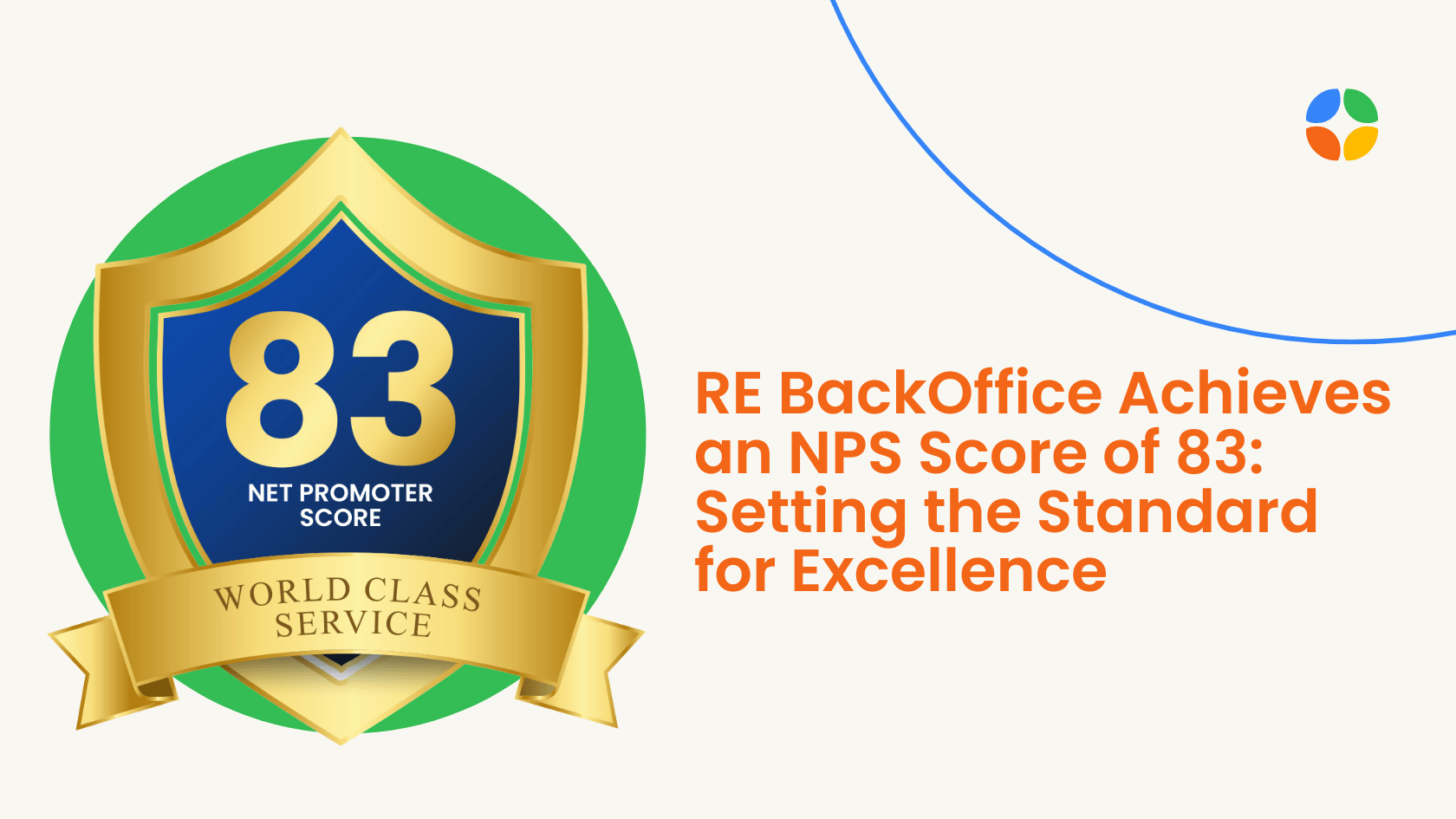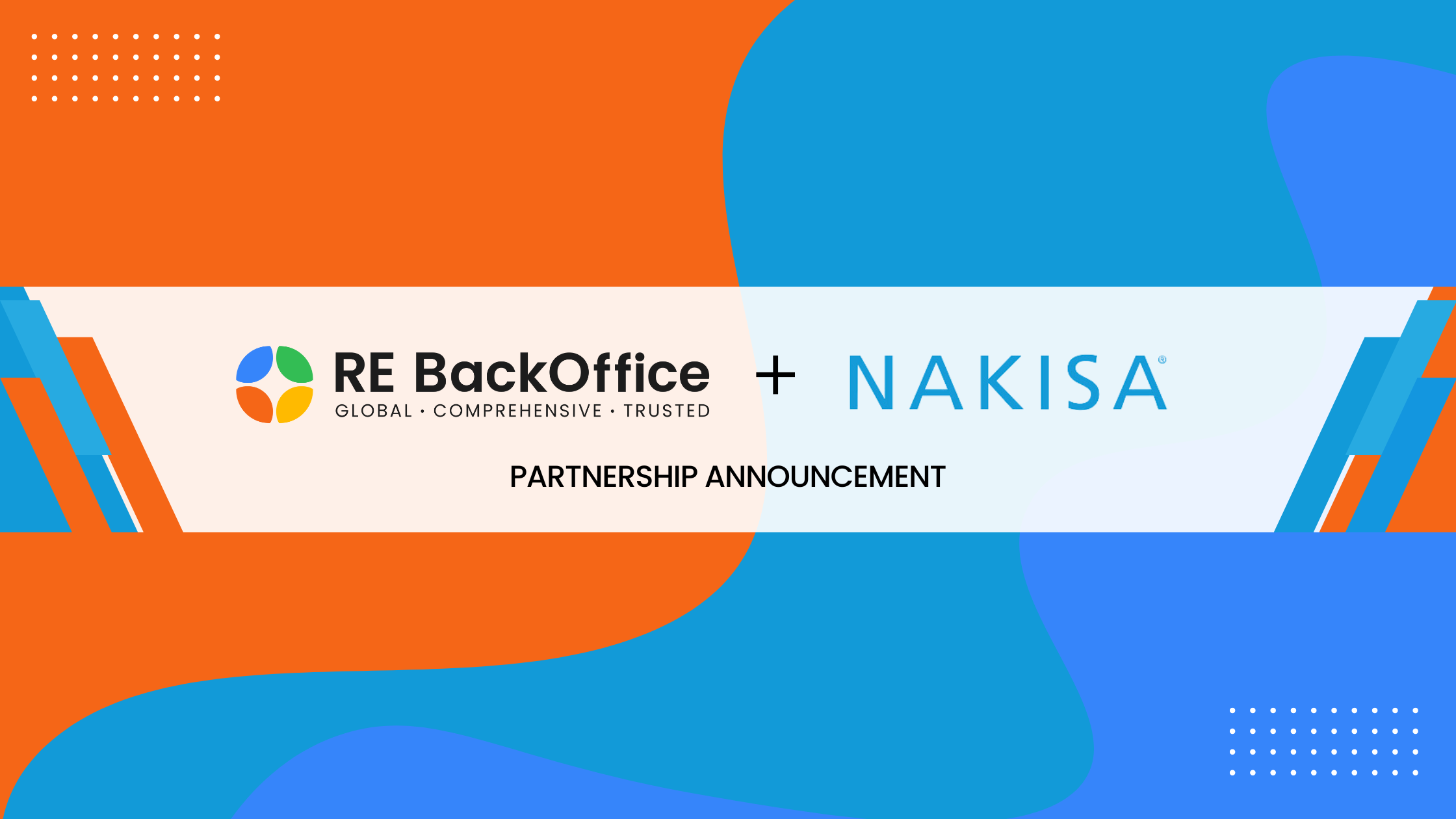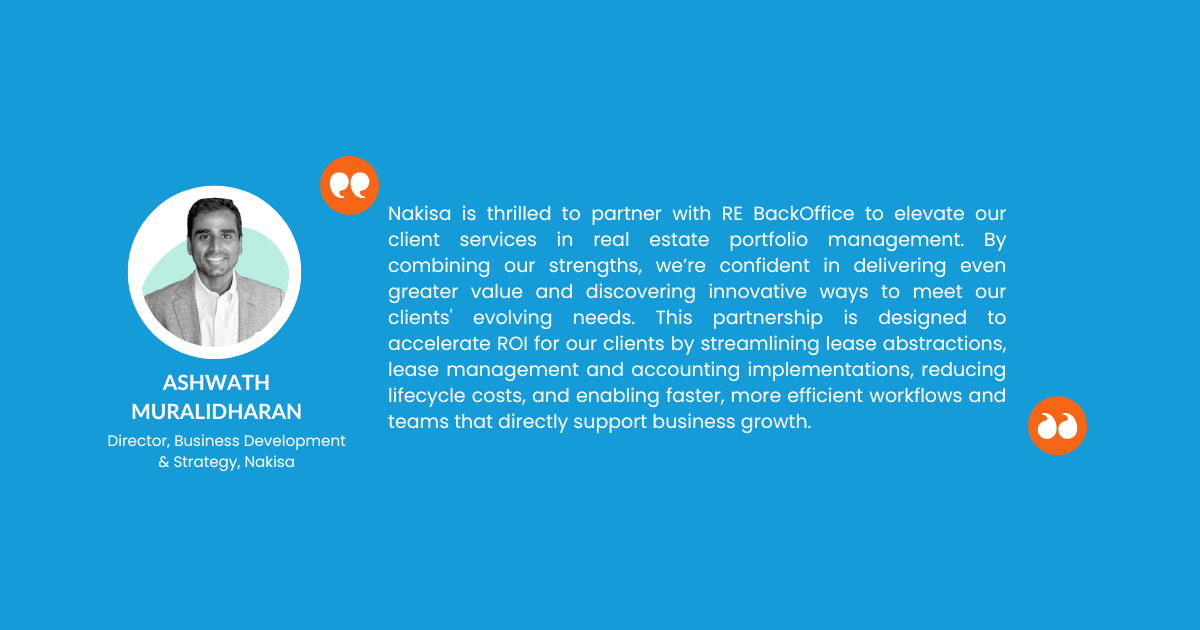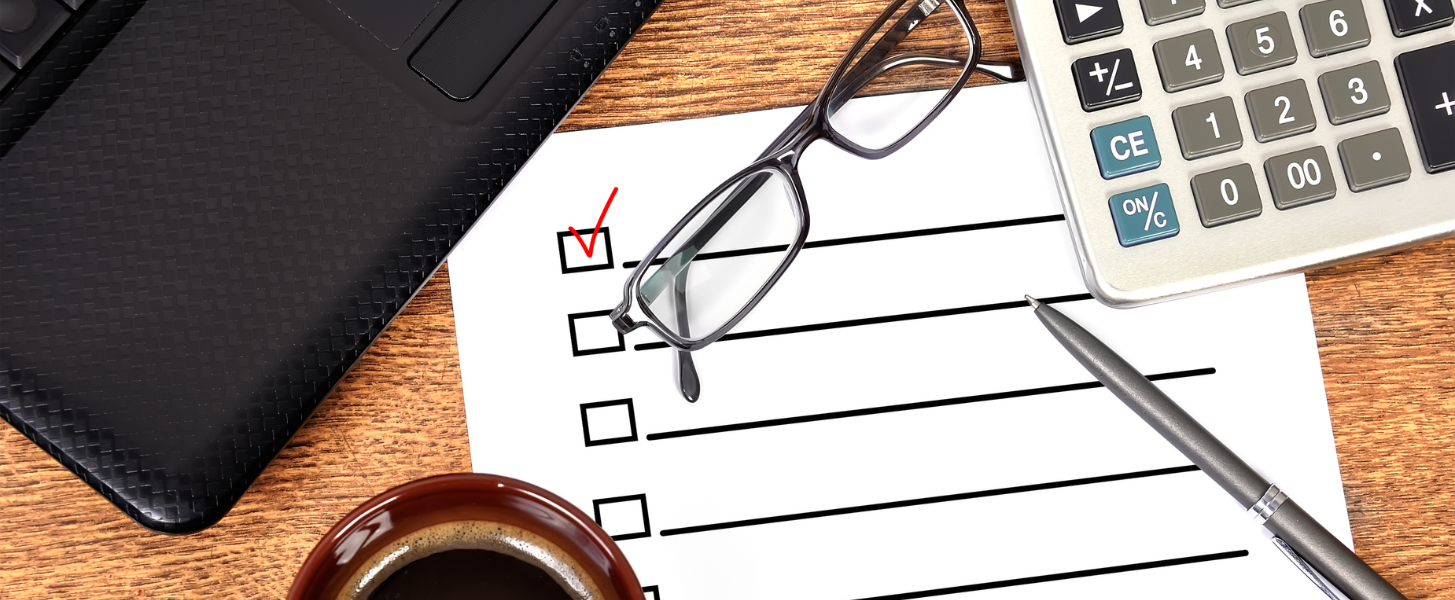
CAM (Common Area Maintenance) reconciliation is an essential part of any commercial lease, ensuring that both tenants and landlords are aligned in their understanding of shared property costs, including common area maintenance expenses. However, there are critical deadlines in this process that, if missed, can result in financial discrepancies or legal complications. Below, we outline the key CAM reconciliation deadlines that both landlords and tenants need to be aware of.
1. Notice of Estimated CAM Charges
The first deadline in the CAM reconciliation process involves the notice of estimated full CAM expenses and charges. This notice is typically provided by the landlord and outlines the projected costs for shared CAM costs for the upcoming lease year.
Deadline: The notice must be delivered at least 30 to 60 days before the start of the new lease year.
Why It’s Crucial: Failure to deliver the notice on time could lead to misunderstandings or delays in preparing for the upcoming year’s CAM charges. This notice sets the expectations for tenants, who rely on it to budget for the lease term.
How to Stay on Track: Landlords should plan ahead to ensure they have sufficient time to calculate and send the estimated charges. Tenants should review the notice promptly to address any concerns or discrepancies before the lease year begins.
2. CAM Reconciliation Statement (End-of-Year Report)
The CAM reconciliation statement compares the actual expenses incurred for common area maintenance with the amounts tenants have already paid. This statement is crucial in determining whether tenants owe additional amounts or are entitled to refunds.
Deadline: Landlords are generally required to issue the CAM reconciliation statement within 90 to 180 days after the end of the lease year. Most leases specify a 120-day deadline.
Why It’s Crucial: Delays in providing the reconciliation statement can create confusion, especially if tenants need to make adjustments or payments. Late reconciliation can also make it difficult for tenants to plan financially.
How to Stay on Track: Landlords should ensure they keep accurate records of all CAM-related expenses throughout the year. Tenants should stay on top of their lease’s timelines to track when the statement is expected.
3. Tenant’s Review Period (Typically 30 to 60 Days)
Once tenants receive the CAM reconciliation statement, they are typically given a period to review the charges. These reconciliation statements detail the financial adjustments and estimated expenses associated with common area maintenance (CAM) charges for tenants. During this time, they can request further clarification or dispute charges they believe are incorrect.
Deadline: The tenant’s review period usually spans 30 to 60 days from the receipt of the CAM statement.
Why It’s Crucial: Failing to review the statement within this window could result in forfeiting the right to dispute the charges. Any errors or discrepancies not addressed during this period may be considered valid.
How to Stay on Track: Tenants should prioritize reviewing the statement immediately upon receipt and note any potential discrepancies. Setting reminders for the review period helps ensure that the deadline is not missed.

4. Dispute Resolution Period
If a tenant identifies discrepancies or disputes the CAM charges, they have a specified period during which they can formally raise the issue with the landlord through cam reconciliation processes. This is known as the dispute resolution period.
Deadline: Typically, the dispute resolution period lasts 30 to 60 days after the tenant’s review period ends.
Why It’s Crucial: Tenants who miss the dispute period may forfeit the chance to contest charges or request further adjustments. The dispute resolution process is critical for ensuring that any inaccuracies are corrected before the final payment is due.
How to Stay on Track: Tenants should initiate any disputes as soon as discrepancies are identified and track the specific timeline given in the lease agreement. Clear communication with the landlord is essential to ensure resolution.
5. Payment of Adjusted CAM Charges
Once the reconciliation statement has been reviewed and any disputes resolved, tenants are responsible for settling any additional amounts owed, ensuring tenants pay their fair share of these expenses, or receiving refunds if there were overpayments.
Deadline: Payment of adjusted CAM charges is generally due within 30 days following the final reconciliation and resolution of disputes.
Why It’s Crucial: Missing the payment deadline can result in penalties, interest charges, or legal action. Delays in payment can also strain the landlord-tenant relationship and cause unnecessary financial issues.
How to Stay on Track: Landlords should issue clear instructions for payment once the final charges are determined. Tenants should ensure that payment is processed promptly to avoid additional charges.
6. Audit Requests (If Applicable)
Tenants may request an audit of the CAM reconciliation statement if they believe the charges are incorrect or need further clarification. The audit request period is another important deadline in the process.
Deadline: The deadline for submitting an audit request typically ranges from 30 to 90 days after receiving the reconciliation statement, depending on the lease terms.
Why It’s Crucial: Missing the deadline for audit requests can prevent tenants from having an independent third party review the charges. Without an audit, tenants may be left with no recourse to challenge potentially inaccurate charges.
How to Stay on Track: Tenants should review their lease agreement for the specific audit request deadline. If an audit is necessary, they should act quickly to avoid losing their right to independent verification.
7. Final CAM Charges at Lease Expiration or Renewal
When a lease is about to expire or is up for renewal, any outstanding CAM charges must be settled. Both landlords and tenants need to address final reconciliations and payments before the lease is concluded.
Deadline: For lease renewals, the CAM reconciliation must be completed before the new lease terms are agreed upon. For lease terminations, all final CAM charges should be settled by the lease expiration date.
Why It’s Crucial: Unresolved CAM charges at lease expiration or renewal can lead to legal disputes and complications in the renewal process. It is critical that both parties address any outstanding CAM balances promptly.
How to Stay on Track: Landlords should remind tenants about any pending reconciliations as the lease expiration or renewal date nears. Tenants should ensure they review and settle all final charges before the lease term ends.
Outsourcing CAM Reconciliation: A Solution to Deadlines
Meeting these deadlines can be challenging, particularly for property owners, property managers, and tenants dealing with numerous leases, tenants, and complex shared expenses. This is where outsourcing CAM reconciliation can be a valuable solution.
Outsourcing the reconciliation process to specialized firms or third-party service providers offers several advantages, including:
- Expertise: Outsourcing companies bring in-depth knowledge of the CAM reconciliation process, ensuring that all calculations are accurate, timely, and compliant with lease agreements.
- Efficiency: Property managers and tenants often have limited time and resources to dedicate to the complex tasks involved in reconciliation. Outsourcing ensures that deadlines are met without delays.
- Reduced Risk: With professionals handling the reconciliation, the risk of missing deadlines or making errors is minimized. This can save both landlords and tenants from costly disputes or penalties.
- Focus on Core Activities: By outsourcing the reconciliation process, property managers and tenants can focus on their core responsibilities without getting bogged down by administrative tasks.
Outsourcing also provides scalability, as service providers can handle varying levels of complexity and volume, allowing landlords and tenants to focus on their primary objectives. In a busy property management environment, outsourcing CAM reconciliation ensures that deadlines are met consistently, allowing both parties to maintain a strong, professional relationship.
Staying on top of key CAM reconciliation deadlines is crucial for avoiding financial disputes, penalties, and misunderstandings between landlords and tenants. Missing any of these deadlines could have significant consequences for both parties. By keeping track of each deadline—from the notice of estimated charges to final payments and audits—landlords and tenants can ensure a smooth reconciliation process and maintain a healthy, professional relationship throughout the lease term.
For landlords and tenants looking to simplify the reconciliation process and ensure timely deadlines are met, outsourcing the task can be a smart solution. It provides the necessary expertise and resources to navigate the complexities of CAM reconciliation while reducing the risk of mistakes.












